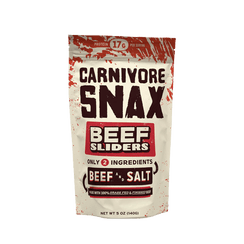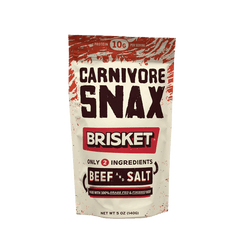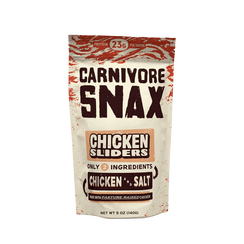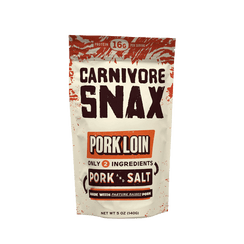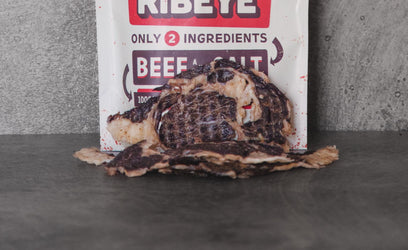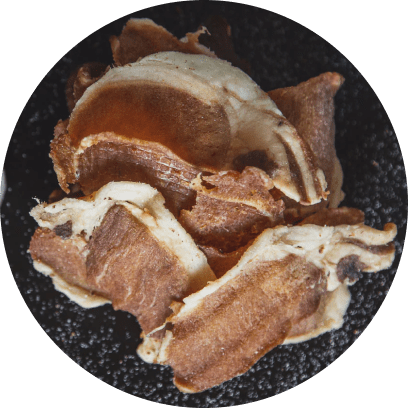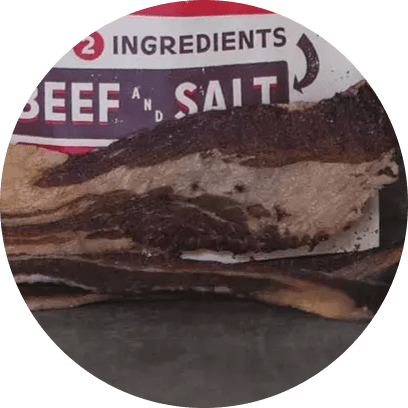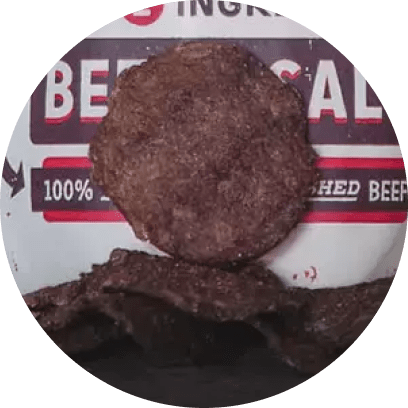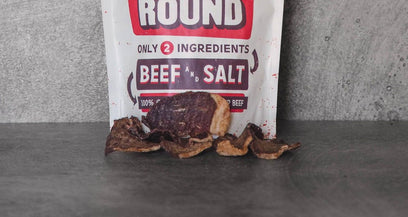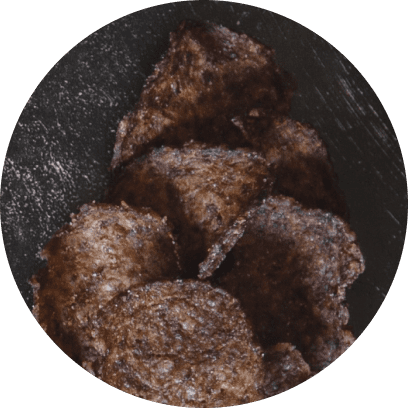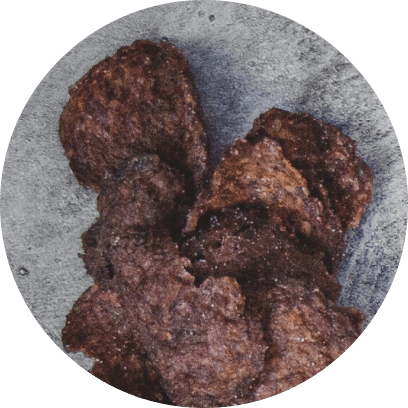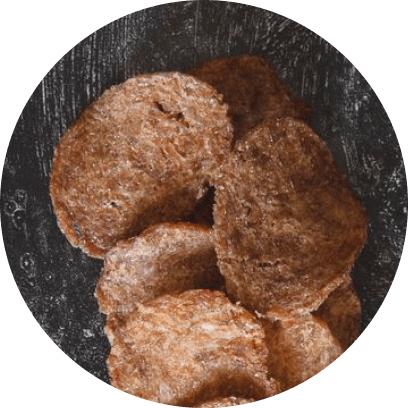THE CARNIVORE DIET BENEFITS




Our world has finite resources - and eventually, those will run dry. This is why sustainable food supply systems are becoming increasingly important. And, two that you may be familiar with are permaculture vs regenerative agriculture.
While they share similarities, you’re probably wondering - what is the difference between permaculture and regenerative agriculture? You’ve come to the right place - we’re going to cover everything you need to know on the topic.
Essentially, permaculture is more of a broad philosophy on creating sustainable human habitats and food systems. Regenerative agriculture, on the other hand, is a specific farming style that focuses on improving the soil and creating a closed system where waste from one element is used as food for another.
To fully illustrate the differences and help you gain a clear understanding of how you can support both permaculture and regenerative agriculture, we’ll take a deep dive below into what you need to know.
What is the Difference Between Permaculture vs Regenerative Agriculture?
We gave you the cliff notes version of regenerative agriculture vs permaculture above. But the full story is far more complex and detailed. So below, we’ll seek to answer the question: what is the difference between permaculture and regenerative agriculture? In order to do that, we’re going to first define permaculture in its entirety.
What is Permaculture?
Permaculture is a holistic design philosophy for creating sustainable human habitats and food systems. It is based on the observation of natural ecosystems and aims to mimic their structure and function in human-designed systems. The word "permaculture" is a combination of the words "permanent" and "agriculture," and it seeks to create sustainable and self-sufficient systems that can endure over time.
Permaculture involves a set of principles and practices that promote the use of renewable resources, the conservation of energy and resources, and the creation of diverse and interconnected systems. Some of the key practices in permaculture include:
- Observing and Interacting with Natural Environmental Systems: Permaculturists observe the natural systems and patterns in the environment to understand how to design systems that mimic these patterns and function efficiently.
- Designing from Patterns to Details: Permaculture design starts with a holistic view of the system and then zooms in on individual elements and their relationships.
- Integrating Rather Than Segregating: Permaculture systems aim to create relationships and connections between elements in the system, rather than keeping them separate.
- Working with Rather Than Against Nature: Permaculturists seek to create systems that work with natural processes, rather than fighting against them.
- Using and Valuing Renewable Resources: Permaculture prioritizes the use of renewable resources, such as solar energy and compost, to reduce waste and conserve resources.
- Applying Small and Slow Solutions: Permaculturists believe in making gradual changes, starting with small solutions that can be scaled up over time.
- Emphasizing Diversity: Permaculture systems are designed to be diverse, with a mix of different species and elements, to increase resilience and stability.
- Creating Edge: Permaculture design recognizes that the edges of systems are often the most productive and diverse areas, and seeks to create edges and increase diversity in the system. For example, in an edible landscape, the edge between different elements, such as a vegetable garden and a fruit orchard, can be used to grow a variety of different crops that complement each other.
The outcome of permaculture is the creation of sustainable and self-sufficient systems that provide food, energy, and other resources in a way that is regenerative and conserves natural resources.
Permaculture systems often include elements such as food forests, edible landscapes, and water catchment systems, and they aim to create a closed loop where waste from one element is used as food for another. But, how does permaculture compare to regenerative agriculture? Let’s take a look at the other side of the coin.
What is Regenerative Agriculture?
So, what is regenerative agriculture exactly? We have a complete guide on this style of farming - but essentially, is a farming and land management system that focuses on regenerating the health and fertility of the soil, improving the biodiversity of the ecosystem, and enhancing the overall health and resilience of the land.
The goal of regenerative agriculture is to create a closed-loop system where waste from one element is used as food for another, and where the land and its ecosystems are enhanced over time, rather than depleted. Here are some examples of what that looks like in practice:
- Cover Cropping: This involves planting a diverse mix of crops between the main crops to improve soil health and fertility, reduce erosion, and control weeds.
- Reduced Tillage: This involves minimizing soil disturbance to preserve soil structure and promote healthy soil biology.
- Crop Rotations: This involves rotating crops in a way that builds soil health and improves crop yields while reducing the need for synthetic inputs.
- Livestock Management: This involves managing livestock in a way that mimics natural herd behavior, enhances soil health, and reduces erosion.
- Agroforestry: This involves integrating trees into agricultural systems to provide shade, reduce erosion, and improve soil health.
- Composting: This involves using compost to return organic matter to the soil, build soil health, and reduce waste.
- Diverse Cropping Systems: This involves planting a variety of crops in a system to build soil health, reduce pest pressure, and improve ecosystem function
Now - why is regenerative agriculture important? What are the outcomes of this style of farming? In regenerative agriculture systems, soil health is improved, water retention is increased, biodiversity is enhanced, and ecosystem services, such as carbon sequestration, are improved.
This contributes to healthy, productive, and resilient ecosystems that provide food, fiber, and other resources while enhancing the health of the land. Less synthetic additives are needed, and farmers are able to create better quality crops in higher quantities while preserving our lands. Everyone is happy - from the farmer themselves to us, the people eating the food.
Regenerative Agriculture vs Permaculture: Which is Superior in the World of Sustainable Food Systems?
Hopefully, this has provided you with better clarity on the differences between regenerative agriculture vs permaculture. In summary, permaculture is a holistic design philosophy that seeks to create sustainable human systems that mimic the patterns and relationships found in nature.
Regenerative agriculture, on the other hand, is a farming and land management system that focuses on regenerating the health and fertility of the soil, improving the biodiversity of the ecosystem, and enhancing the overall health and resilience of the land. The focus of permaculture is far broader while regenerative agriculture is a specific style of farming.
With that said, the outcomes of these methods are quite similar - with the end goal of creating food systems that more closely mimic patterns and relationships found in nature and provide food, fiber, and other resources while enhancing the overall health and resilience of the ecosystem.
This begs the question, though - is one of these superior? Or, should we put efforts towards both of them to create a healthier food supply system while preserving our lands? Considering both tactics lead to similar outcomes and share some degree of overlap in philosophy and technique, it’s not necessarily a matter of one or the other. With that said, your next question is probably - how do I support these systems?
Tips for Supporting Permaculture vs Regenerative Agriculture?
We have a complete guide on how to support regenerative agriculture - but we’ll summarize a few ways you can go about it below:
- Education: Educate yourself and others about regenerative agriculture and permaculture. Read books, attend workshops and courses, and share information with your friends and family. It’s all about strength in numbers. The more people advocating for sustainable food systems, the better - and that starts with education.
- Get involved in advocacy: Once you are educated on these techniques - and the outcomes they can create along with the challenges they solve - it’s time to become an advocate. Advocate for policies that support regenerative agriculture and permaculture. Write letters to elected officials, participate in local initiatives, and help raise awareness about the benefits of these practices.
- Participate in community projects: Participate in community projects that promote regenerative agriculture or permaculture, such as community gardens, food forests, and other initiatives that aim to create sustainable human systems
- Start your own garden or farm: This isn’t feasible for everyone - but most individuals can start growing at least some of their own produce. You can start yours using regenerative or permaculture principles. This is a great way to learn about these practices and contribute to a more sustainable food system while saving money on groceries.
- Shop smart: One of the best ways to support regenerative agriculture is to purchase food, fiber, and other products from regenerative farmers. Look for farmers who use regenerative practices, such as cover cropping, reduced tillage, crop rotations, and composting, to enhance the health and fertility of the soil and improve the overall health and resilience of the land. If you’re unable to support farmers directly, you can at least support brands that support them themselves!
At Carnivore Snax, we only source our meat chips from regenerative farms. What are meat snacks, you ask? These are the best healthy low-carb snack you can get your hands on - they’re essentially a melt-in-your-mouth meat pastry!
They are made from just two ingredients: meat and salt. This is why they’re one of the absolute best carnivore diet snacks out there - zero carbs and a whopping serving of protein! And you won’t just feel good about this snack knowing you’re putting your health first - you can feel good knowing you’re doing your part to support regenerative agriculture.
Whether you’re just looking to make a difference by supporting permaculture vs regenerative agriculture, you want a healthy snack option, or you’re on a carnivore diet vs keto, paleo, or some other low-carb diet - Carnivore Snax is here to help you meet your nutritional needs!
Final Thoughts on Regenerative Agriculture vs Permaculture: Differences, Similarities, & More
That brings our article on regenerative agriculture vs permaculture to a close. At this point, the only thing left to do is support these practices by getting your carnivore chips today. We have ribeye chips, steak chips, lamb chips, beef chips, brisket chips, chicken chips, and pork chips - the question is, which will be your new favorite? Try them all and find out!











